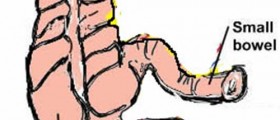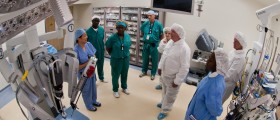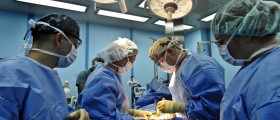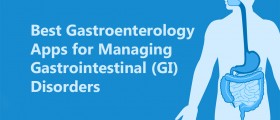
Endoscopy is the term that refers to inspection of the inside of a hollow organ or a body cavity. The insight in the interior of these structures is achieved by an endoscope, a thin instrument which is inserted into the organ or the body cavity.
As for examining the gastrointestinal tract, endoscopy is performed by a well experienced gastroenterologist. A tiny little camera at the end of a long and flexible tube allows doctors to inspect the desirable organ and with the assistance of small instruments to take tissue samples or even perform small interventions.
The Importance of Endoscopy
It is simple not possible to visualize the inside of organs and body cavities in any other way except for inserting a camera. MRI, CT scan and X-ray possess certain level of preciseness. But these imaging methods are not capable of providing with more information regarding the very appearance of structural changes of the affected organ. This is why endoscopy is far more appreciated. A camera allows doctors to see the specific change with their own eyes without surgical cuts. The procedure also allows taking samples from the suspicious areas.
As far as the gastrointestinal tract is concerned, endoscopy is highly efficient in diagnosing different medical conditions affecting the esophagus, stomach as well as the beginning of the small intestine. Furthermore, this approach allows doctors to treat certain digestive problems with special tools. For instance, this approach stops the bleeding from esophageal varices, removes polyps from the stomach, removes foreign objects lodged in the upper gastrointestinal tract etc.
Endoscopy Procedure Risks
This is actually a very safe procedure and in rare occasions can be complicated. There are several risks associated with endoscopy. The first one is bleeding. Bleeding may occur after taking samples of tissue for pathohistological examination or after removal of polyps or other such suspicious growths. Infection is another potential complication of endoscopy. However, it can be brought under control with antibiotics.
Tears in the gastrointestinal tract are considered much more complex problems. If such complication occurs, patients remain hospitalized and may even undergo surgical repair.
In the majority of cases symptoms and signs of complications that occur after endoscopy include fever, chest pain, shortness of breath, black/very dark colored stool, difficulty swallowing, severe and persistent abdominal pain and vomiting. If any of these occur, patients must seek medical attention as soon as possible. Fortunately, complications are rather rare and even if they develop, one can be successfully treated and experience no long-term sequelae.

















Your thoughts on this
Loading...